Disclosure: This article contains affiliate links. We may earn a commission from purchases at no extra cost to you, which helps our travel content.
The first time I stood at the base of the Bridger Range, I closed my eyes and just listened. Beyond the expected whisper of pine needles dancing in Montana's summer breeze, there was something else—a distinct mountain melody that felt both ancient and alive. As someone who's traversed peaks from South Korea's Seoraksan to New Zealand's Southern Alps, I can tell you that every mountain range has its own sonic signature. The Bridgers? They hum with a particular cadence that's become my favorite summer soundtrack, a perfect counterpoint to Memphis's blues rhythms that fill my production studio the rest of the year.
The Pulse of Bridger Bowl: Essential Trail Systems
The Bridger Range stretches approximately 20 miles north to south, creating a dramatic eastern backdrop to Bozeman that changes character with every shift in light. During my week-long exploration, I discovered that the range offers a perfect progression of difficulty levels, allowing hikers to build their mountain legs before attempting the more challenging routes.
For acclimatization, I started with the M Trail (College M) on my first morning—a relatively short but steep climb that rewards with panoramic views of the Gallatin Valley. The trail has its own rhythm: steep switchbacks followed by brief plateaus where the wind creates perfect natural rest stops. Record the sounds here; the valley breeze carries fragments of Bozeman's urban hum mixed with meadowlark calls.
By day three, I was ready for the Sacagawea Peak Trail, the range's highest summit at 9,665 feet. This 4-mile round trip demands respect—the elevation gain is substantial and the final approach requires careful footing across loose talus. But the summit? Pure magic. The soundscape transforms completely—nothing but wind, occasional marmot whistles, and that peculiar high-altitude silence that seems to make your heartbeat louder.
For true solitude, the Middle Cottonwood Trail offered a less-trafficked alternative. The trail follows a creek for several miles before climbing through dense forest and eventually opening to alpine meadows. I tracked the entire hike with my Garmin Fenix 7X Solar GPS Watch, which not only mapped my route but monitored my altitude acclimatization—crucial data when you're solo hiking at elevation.

💡 Pro Tips
- Start hikes before 8am to avoid afternoon thunderstorms that typically roll in after 2pm
- The UV intensity at higher elevations is deceptive—apply sunscreen even on cloudy days
- Cell service is spotty throughout the range—download offline maps before heading out
Soundscapes & Solitude: The Solo Hiker's Experience
As both a music producer and solo traveler, I approach mountains differently than most. Each trail becomes a composition waiting to be discovered—layers of natural sounds creating harmonies that change with elevation, weather, and time of day.
The Bridger Ridge Trail offers the range's ultimate sound journey. This challenging 20-mile traverse requires advance logistics (I arranged a shuttle drop-off at Fairy Lake and pickup at the M trailhead), but rewards with the most diverse acoustic experience. Starting in the pre-dawn darkness with my Black Diamond Storm 500-R Headlamp illuminating the path, I caught the dawn chorus of birds at 8,000 feet—a completely different arrangement than what you'll hear in the valley.
By mid-morning, I was recording the distinct sound of wind through different alpine vegetation zones—the whistle through limestone formations near Sacagawea Peak contrasts dramatically with the softer rustle through the stunted whitebark pines near Ross Peak. For field recordings, my Zoom H5 Portable Recorder has been my faithful companion on mountains across four continents.
Solo hiking the Bridgers demands serious preparation. The exposed ridgelines offer no protection during sudden weather changes, and summer thunderstorms develop with startling speed. I witnessed three different hikers turning back because they lacked proper gear when afternoon clouds began building. Don't be that person.
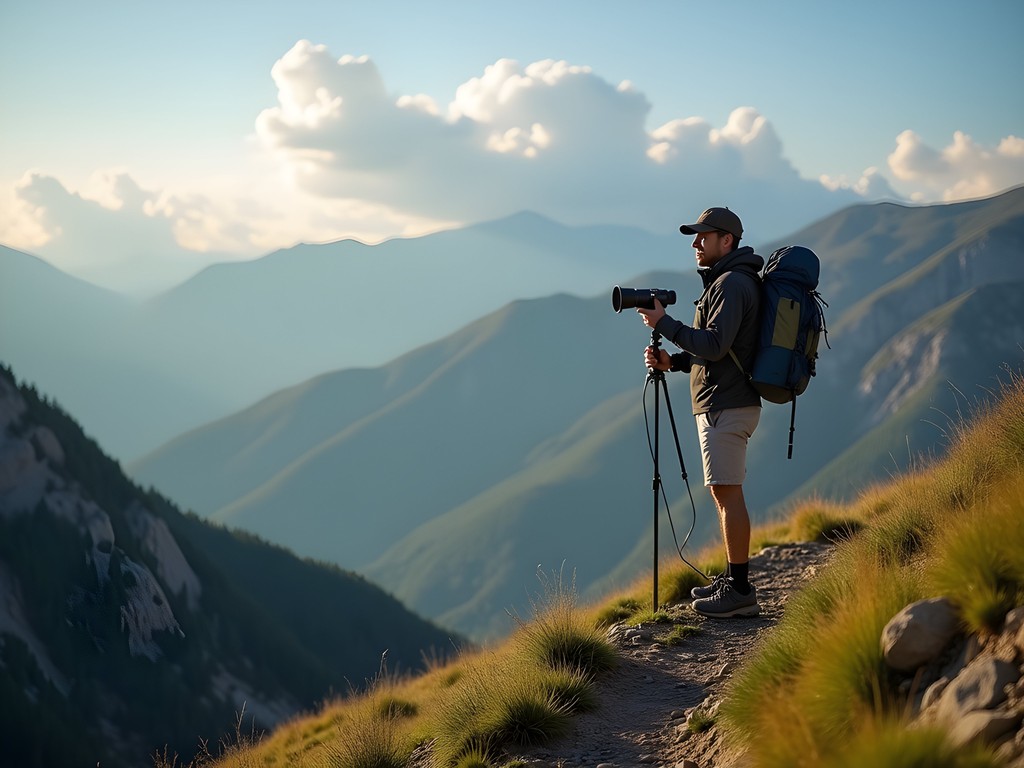
💡 Pro Tips
- Bring trekking poles for the steep descents—your knees will thank you
- Pack a lightweight emergency bivy sack even for day hikes
- Let someone know your exact route and expected return time—cell service is unreliable
Fueling the Climb: Vegan Finds in Bozeman
Mountain energy requires proper fuel, and as a longtime vegan, I've learned to research food options extensively before heading to mountain towns. Bozeman pleasantly surprised me with its progressive food scene that rivals cities twice its size.
My pre-hike ritual began each morning at Wild Crumb, where their vegan pastry selection provided complex carbs for the day's elevation gain. Their sourdough with house-made preserves became my trail sandwich base—substantial enough to maintain energy at 9,000 feet without feeling heavy.
For recovery meals, Farmacy became my evening sanctuary. Their plant-based bowls incorporate locally-foraged ingredients that change weekly. The waitstaff not only accommodated my vegan requests but enthusiastically recommended modifications to standard dishes. After particularly strenuous days on the ridge, I'd treat myself to their CBD-infused recovery smoothie—controversial perhaps, but incredibly effective for muscle recovery.
For trail provisions, Town & Country Foods offers an impressive bulk section where I assembled custom trail mix with local huckleberry-infused dark chocolate. Their deli also makes surprisingly good vegan wraps that withstand a day in a backpack without deteriorating.
My most valuable food companion was my Stanley Adventure Vacuum Food Jar which kept hot meals actually hot even after six hours in my pack. There's something transformative about reaching a windswept summit and enjoying steaming coconut curry while other hikers resign themselves to squished sandwiches.
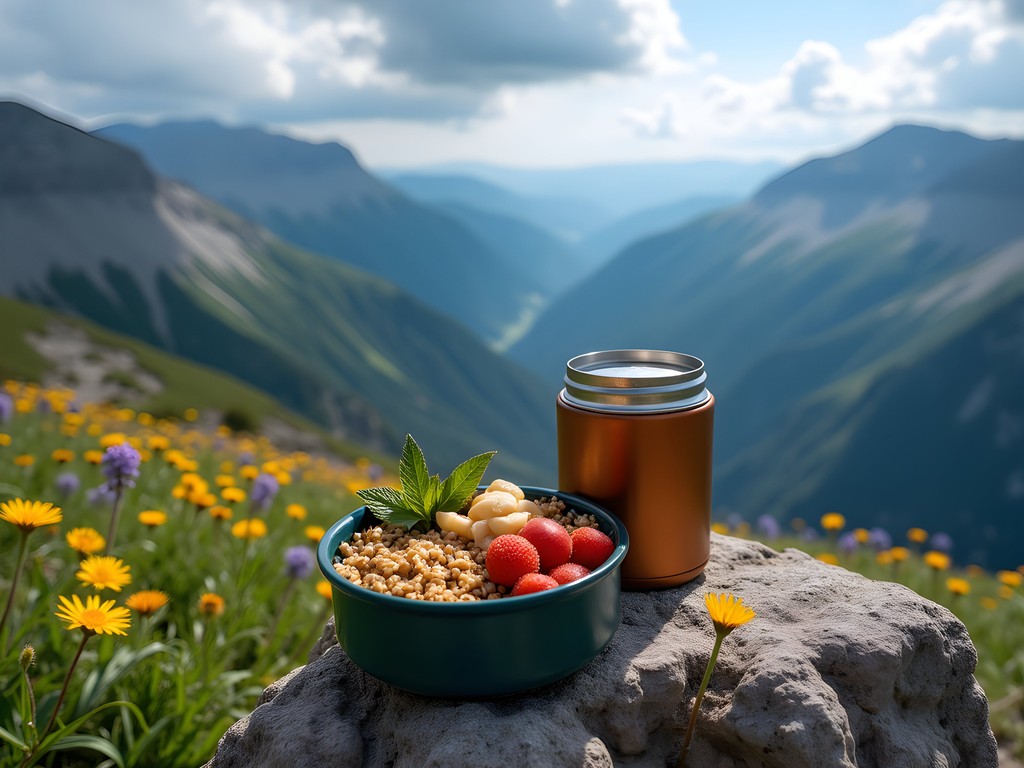
💡 Pro Tips
- Prep protein-heavy breakfasts—the mountain air increases metabolism dramatically
- Carry twice the water you think you'll need—high elevation dehydration is real
- Local huckleberries are in season mid-July to August—a perfect natural trail snack
Technical Ascents: Gear That Made The Difference
The Bridger Range isn't technical mountaineering, but certain sections—particularly the approach to Sacagawea and the north side of Hardscrabble Peak—demand proper equipment and preparation. Having hiked similar terrain in New Zealand and Patagonia, I came prepared but was still humbled by some of the exposure.
Footwear makes or breaks a Bridger experience. After testing numerous options across various mountain ranges, my La Sportiva Ultra Raptor II Mountain Running Shoes proved ideal for the Bridgers' mix of trail types. Their Vibram soles provided crucial grip on the loose scree below Ross Peak, while remaining comfortable enough for the long ridge traverse.
Weather protection becomes critical on the exposed ridgelines where conditions change dramatically. My layering system centered around a merino base layer topped with a Arc'teryx Atom LT Hoody that provided perfect insulation during early morning starts when temperatures hovered around 40°F. When afternoon winds kicked up, this combination regulated my temperature perfectly without constant layer adjustments.
Water filtration is non-negotiable—the streams coming off the Bridgers may look pristine but contain the same risks as any wilderness water source. My Katadyn BeFree Water Filter Flask allowed me to refill at high-elevation snowmelt streams, extending my range considerably during the ridge traverse.
For navigation, while I always carry physical maps, my Gaia GPS Premium Subscription with pre-downloaded topographic maps proved invaluable when afternoon fog suddenly enveloped the northern section of the ridge, reducing visibility to mere feet.
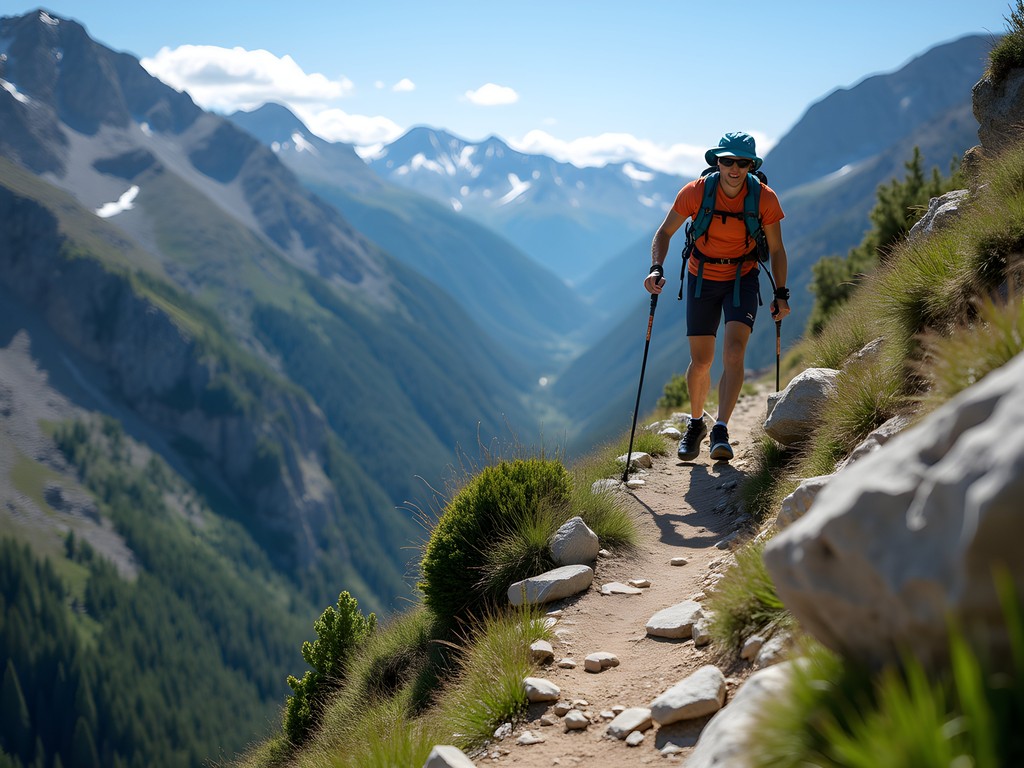
💡 Pro Tips
- Break in your hiking footwear at least 50 miles before attempting the ridge traverse
- Carry microspikes early in the season (through mid-July) for lingering snow patches
- Invest in polarized sunglasses—the high-altitude glare can cause headaches and eye strain
Finding Your Rhythm: Cultural Connections in Bozeman
Between mountain days, Bozeman offers cultural experiences that complement the outdoor adventure. As someone constantly exploring the intersection of landscapes and soundscapes, I found unexpected connections between the mountain environment and the town's vibrant music scene.
The Filling Station, a converted gas station turned live music venue, became my evening haunt after particularly satisfying hikes. Local bluegrass bands often incorporate natural themes that perfectly captured my daytime experiences—lyrics about mountain light and alpine meadows hit differently when you've just spent hours immersed in those very landscapes. I recorded snippets of several performances to layer into my field recordings, creating audio souvenirs that blend natural and musical elements.
Bozeman's Museum of the Rockies provided crucial context for understanding the geological forces that created the Bridger Range. Their special exhibit on indigenous relationships with the local mountains added depth to my hiking experience—knowing the cultural significance of certain peaks changed how I moved through those spaces.
For recovery days, I discovered Bozeman Hot Springs, where the geothermally heated pools soothed hiking-worn muscles. The outdoor pools offer views of the surrounding mountains, creating a perfect reflection moment to process the week's adventures. I brought my Kindle Paperwhite Signature Edition in its waterproof case to catch up on reading about local ecology while soaking—multitasking at its finest.

💡 Pro Tips
- Check the Filling Station's schedule for 'Bluegrass Thursdays' which often feature musicians who work as hiking guides during the day
- Museum of the Rockies offers half-price admission during the final hour—perfect for a post-hike educational stop
- The 11pm 'night swim' at Bozeman Hot Springs offers a magical stargazing experience after the crowds thin
Final Thoughts
As I packed my recording equipment on my final Bozeman evening, I scrolled through audio samples collected throughout the week—the hollow whistle of wind through limestone formations near Sacagawea Peak, the distant rumble of afternoon thunder over Ross Pass, and the distinctive crunch-crunch rhythm of boots on talus slopes. These sounds, layered with snippets from local bluegrass performances, have already become the foundation for my next production project.
The Bridger Range offers more than just spectacular hiking—it provides a multisensory journey that continues to resonate long after you've descended to the valley. Whether you're seeking challenging trails, unique soundscapes, or the perfect synthesis of outdoor adventure and cultural experience, these mountains deliver with a distinctiveness that's rare even among more famous ranges.
As I've discovered across four continents of mountain exploration, it's often the less-celebrated ranges that offer the most authentic experiences. The Bridgers may lack the international fame of the Tetons or Glacier's peaks, but their accessibility, diversity of experiences, and the warm community that surrounds them create a perfect symphony for the solo traveler willing to listen closely. I'll be back next summer, new microphones in hand, ready to capture more of this range's unique mountain melody.
✨ Key Takeaways
- The Bridger Range offers progressive difficulty levels suitable for building skills throughout a week-long trip
- Early starts are essential—afternoon thunderstorms are common and potentially dangerous on exposed ridgelines
- Bozeman's food and music scenes provide perfect complementary experiences to the mountain adventures
- The range's unique soundscapes offer something special for those willing to pause and listen
- Proper technical gear is essential, especially for the ridge traverse and higher peaks
📋 Practical Information
Best Time to Visit
Mid-July through early September
Budget Estimate
$1,200-1,800 for one week (including accommodations, food, gear rentals)
Recommended Duration
5-7 days
Difficulty Level
Moderate To Challenging

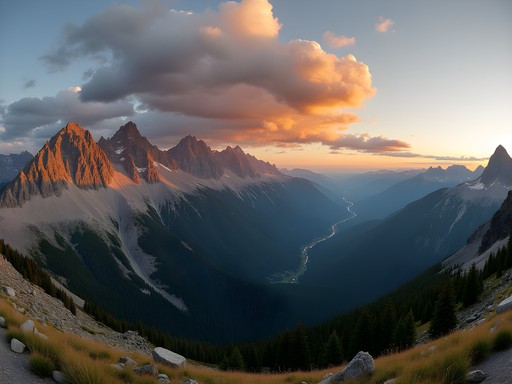
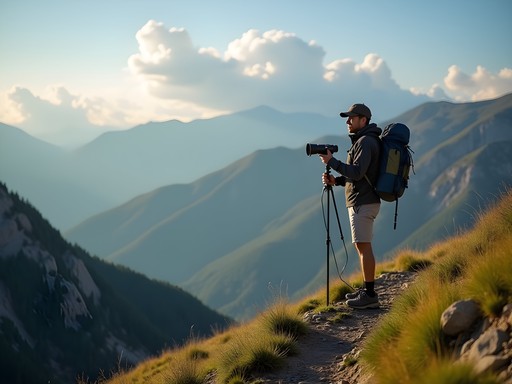
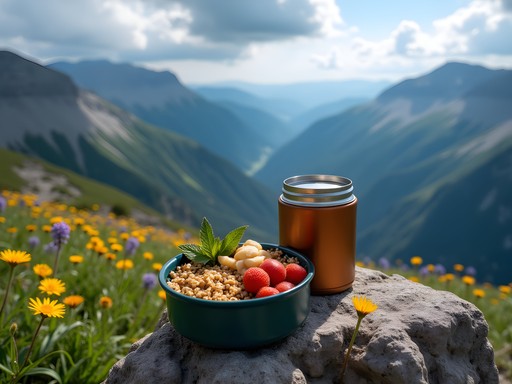

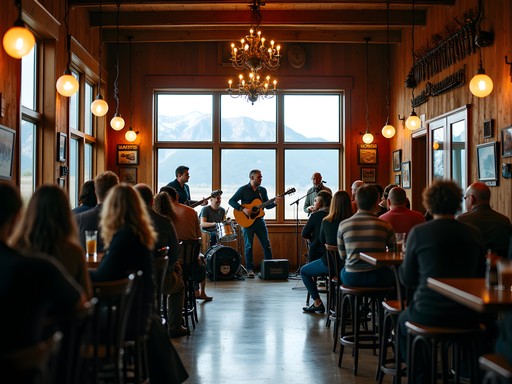



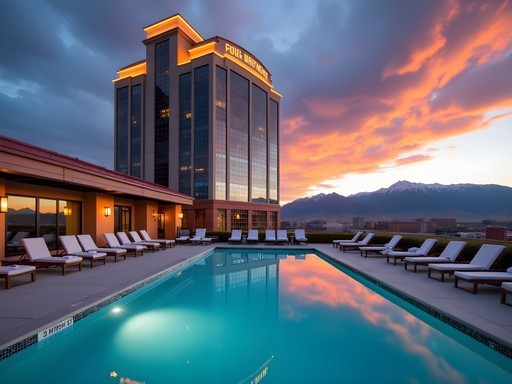
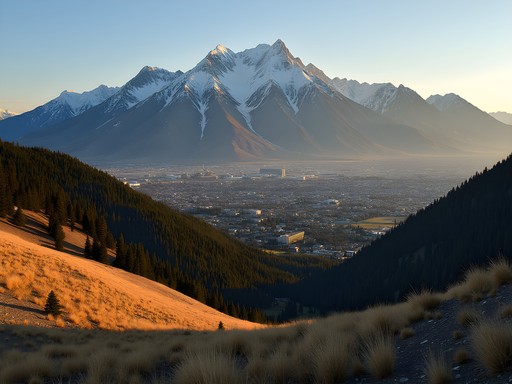

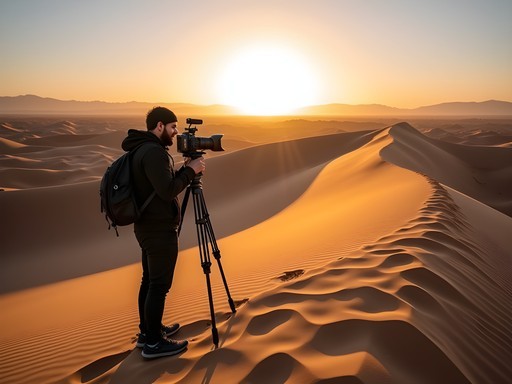
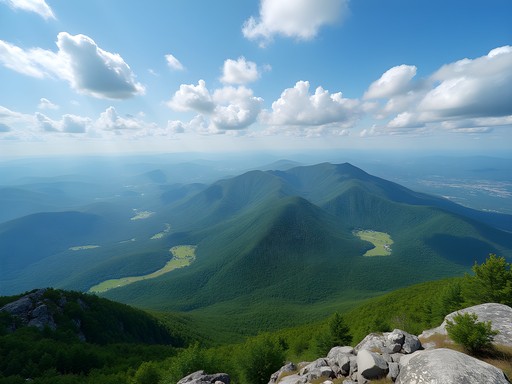


Comments
MontanaLocal
Great guide but one important update - parking at the M trailhead now requires a $5 day use fee as of this summer. They've added a payment kiosk.
Savannah Wood
Thanks for the update! I'll add that info to the post.
trailblazer22
That sunset shot from Sacagawea Peak is absolutely stunning! What time of year was that taken?
Savannah Wood
Thanks! That was mid-July, about an hour before sunset. The light hits the valley just perfectly then!
hikermom406
Love your vegan food recommendations! The Nova Cafe's tofu scramble fueled our entire day on the M Trail!
beachrider
Just booked my trip to Bozeman for July! This guide is going to be my bible. Thanks Savannah!
Marco Flores
Your audio recording idea is brilliant, Savannah! I hiked the Bridger Ridge Trail last summer and wish I'd thought to capture the soundscape. That section where you described the 'hollow whistle of wind' through Sacagawea Peak - pure poetry and absolutely accurate. The transition from forest to alpine terrain creates such a distinct acoustic experience. One tip for anyone attempting the full ridge traverse - start at Fairy Lake rather than the M trailhead if you're not acclimated to the elevation. The views are equally spectacular but the ascent is more gradual. I used my trekking poles for the steeper sections and they were lifesavers, especially coming down from Saddle Peak.
mountain_wanderer
The Fairy Lake approach is definitely easier! Did it last weekend and the wildflowers are INSANE right now.
Marco Flores
Jealous of those wildflowers! Was Fairy Lake road in decent condition? It was pretty rough when I went through.
mountain_wanderer
Still rough! High clearance vehicle recommended. Worth it though!
escapetime
This guide is exactly what I needed! Heading to Bozeman next month for a solo trip. Did you feel safe on those 'solitude' trails you mentioned? I'm a bit nervous about hiking alone.
Savannah Wood
Absolutely! The Bridger Range trails are well-marked and I encountered other hikers regularly even on the less popular routes. Just make sure to let someone know your plans and carry bear spray. The M Trail is perfect if you want something with more foot traffic!
escapetime
Thanks so much! Bear spray noted. Any specific vegan spots you'd recommend that weren't in the article?
Savannah Wood
Check out Farmacy! It wasn't open when I wrote this piece but it's amazing for quick, healthy bites before hitting the trails.
sunsetmaster
Your post captures the magic of the Bridger Range perfectly! I've hiked there in all four seasons, and each offers something completely different. Spring wildflowers are incredible, especially along the Baldy Mountain trail. One tip for anyone planning a trip: the parking lots at popular trailheads like the M and Drinking Horse fill up FAST in summer, especially weekends. Either go super early (like 7am) or hit the trails on weekdays. Also, the temperature difference between Bozeman and the higher elevations can be dramatic - I've started hikes in shorts and needed a puffy jacket at the summit!
photowalker
Heading to Bozeman next month! How difficult would you say the trails are for someone with moderate hiking experience? And did you need any special gear for the technical ascents you mentioned?
sunsetmaster
Not the author but I've hiked there extensively. The Bridger Range has options for all levels! Stick to the M Trail or Drinking Horse Mountain if you're concerned. For anything higher up like Sacajawea, definitely bring trekking poles and proper boots - those scree fields can be tricky. And always pack for sudden weather changes - I got caught in a surprise storm last September and was glad I had my rain shell!
photowalker
Thanks so much for the tips! I'll definitely look into those trails and make sure to pack proper gear.
Riley Griffin
Savannah, your post brought back so many memories! I took my kids (11 and 14) to the Bridger Range last summer, and it was such a different experience hiking with them versus my usual solo adventures. The M Trail was perfect for them - challenging enough to feel accomplished but not overwhelming. What really resonated with me was your section on soundscapes. My daughter started noticing how different each part of the mountain sounded - from the chatty birds near the treeline to that incredible silence you get above it all. It's changed how we hike together. Now we take "listening breaks" where we just sit and close our eyes. Have you tried the winter trails there? Wondering if it's worth a return trip in snow season.
citystar
Love this post! What recording equipment did you use to capture the sounds? I've been wanting to try something similar on my hikes.
Savannah Wood
I use a portable recorder with wind protection. It's compact enough for backpacking but captures amazing quality. For quick stuff, sometimes just my phone with a directional mic attachment works too!
Venture X
Premium card with 2X miles, $300 travel credit, Priority Pass